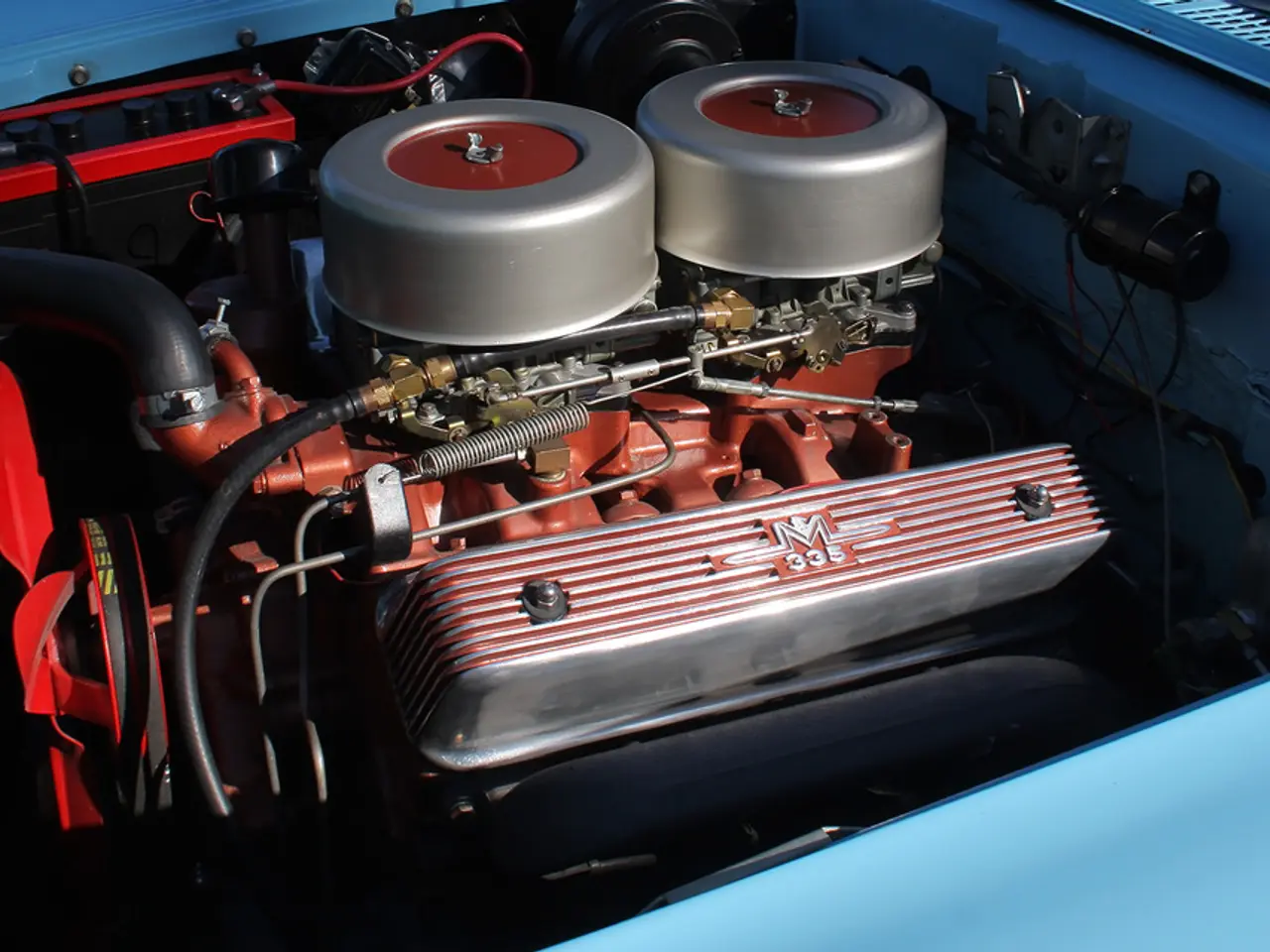Data Processing Networks: Gathering Data through Ingestion to Final Analysis
In the evolving landscape of data-driven decision making, the construction of robust, reliable, and maintainable data pipelines is crucial. Here are the best practices for building such pipelines in 2025, emphasising clear design, governance, automation, and appropriate tooling.
**Best Practices**
1. **Start with Clear Goals and Design** Defining clear business objectives, data sources, latency requirements, and compliance needs upfront is essential. This clarity guides architecture choices like ETL vs ELT, batch vs streaming, and monolithic vs mesh patterns.
2. **Ensure Data Quality and Governance** Incorporate profiling, validation, cleansing, and schema documentation into pipelines. Enforce ownership, data lineage, and access controls to maintain trust, compliance, and resilience over time.
3. **Automate Orchestration and Validation** Use tools to schedule jobs, manage dependencies, alert on failures, and run automated data quality and schema drift tests. This reduces manual errors and improves reliability.
4. **Optimize for Appropriate Latency** Assess stakeholder needs to decide between batch, real-time streaming, or hybrid pipelines. Avoid over-engineering by matching latency needs; real-time is not always required and can increase complexity and cost.
5. **Design Modular, Decoupled Architectures** Break pipelines into layers (ingestion, processing, transformation, storage), and enable easy scaling and isolated fault handling. Modular design facilitates maintainability and future enhancements.
6. **Manage and Map Data Dependencies** Explicitly track and communicate dependencies between data sources, transformations, and consumers. This transparency helps avoid cascading failures and informs scheduling.
7. **Enable Collaboration and Version Control** Treat pipelines like shared products with docs, versioning, naming conventions, and cross-team access. Collaboration fosters faster iteration, fewer mistakes, and shared understanding.
8. **Start Small and Scale Gradually** Implement a high-impact use case quickly, validate value, then incrementally extend pipelines. This approach lowers risk and enables learning before full-scale rollout.
**Common Tools for Building Pipelines**
Tools like Apache Kafka, Airbyte, Dagster, Metabase, and Airflow help implement automation, handle complexity, and provide monitoring to support pipeline reliability and maintainability.
**Additional Considerations**
- Security and Compliance: Implement encryption, masking, and tokenization as needed to protect sensitive data in pipelines. - Cost Efficiency: Build for future-proof scaling but weigh costs of infrastructure and tooling choices upfront. - Monitoring and Alerting: Continuous observability to catch data quality or processing anomalies promptly is critical.
In essence, the architecture and maintenance of modern data pipelines rely on combining strategic design choices with automation and the right tools to build pipelines that scale and adapt reliably over time. By following these best practices and leveraging common tools, organisations can build data pipelines that support data-driven decisions, improve operational efficiency, and foster innovation.
- To ensure successful data-driven decision making, it's important to utilize AI and machine learning tools like Python and R when designing and implementing data pipelines in 2025.
- For maintaining the reliability of these pipelines, businesses can use SQL to extract, clean, and manipulate datasets, ensuring the accuracy and consistency of data.
- When it comes to modeling and gaining insights from data, adopting data analytics and advanced analytics technologies will provide valuable business insights for strategic decision making.
- In addition, using analytics platforms like Metabase will help organizations visualize and share these insights with relevant stakeholders.
- To streamline the process, integrating MLOps (DevOps for AI/ML) will enable automation, deployment, monitoring, and revision of models in the production environment.
- To fully leverage the power of data-driven business, it is essential to prioritize data-and-cloud-computing technology and adopt a data-centric approach with a focus on finance and business objectives.
- Lastly, implementing modern architecture strategies like containerization, microservices, and serverless computing will provide scalability, ease of maintenance, and reduced time to market for these data pipelines, making them more adaptive to the evolving demands of the digital economy.




